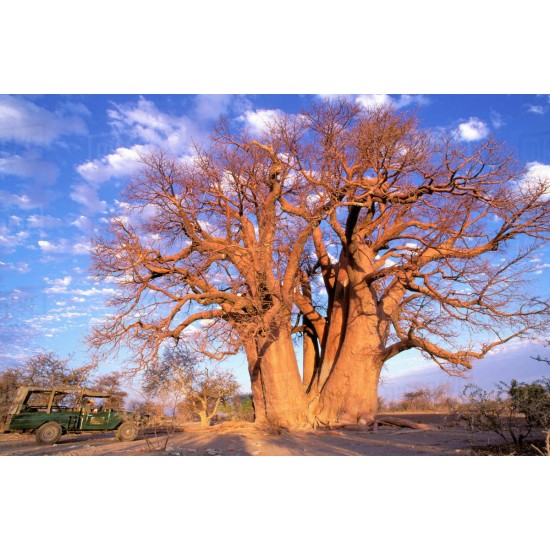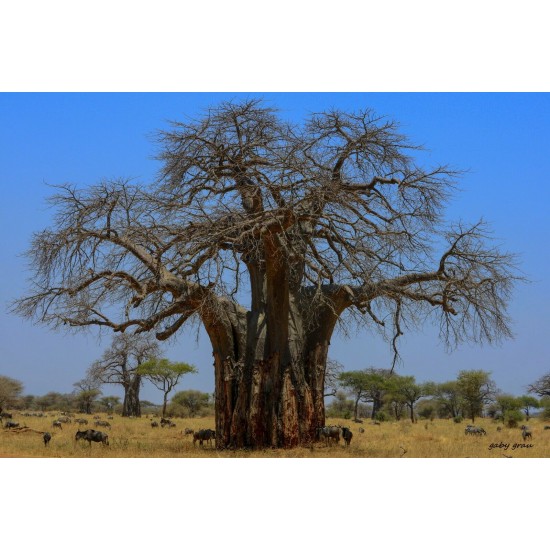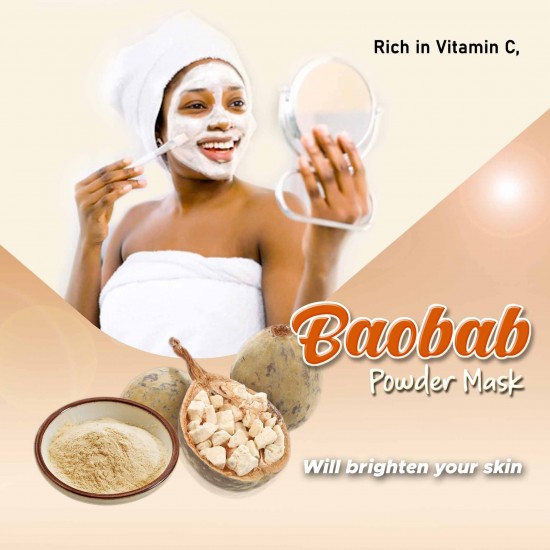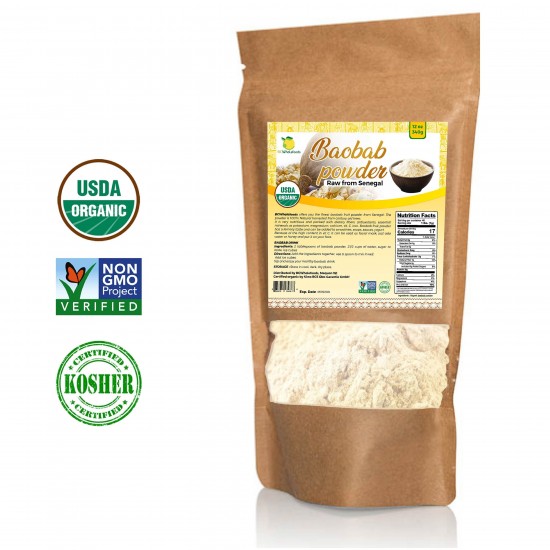Boost Your Fertility with Baobab Fruit Powder: A Rich Source of Essential Micronutrients
















- Stock: 993
- Model: 324263557587
- SKU: 324263557587
Available Options
Baobab is considered to be one if the highest alkaline foods available as it has a PRAL (Potential Renal Acid Load) rating of -52. Eating highly alkaline foods helps to balance our body's pH levels. A sufficient intake of folic acid, iron, potassium, calcium, vitamin C and zinc is not only important to increase fertility in both men and women, it also sustains the well-being of the mother and the development of the baby throughout pregnancy. Baobab powder is a rich source of these vital micronutrients. Baobab fruit powder is a nutrient-dense superfood that contains high levels of folic acid, iron, potassium, calcium, vitamin C, and zinc, which are all essential for fertility and healthy pregnancy. Folic acid is important for the early development of the baby's brain and spinal cord, while iron is necessary for the production of red blood cells and to prevent anemia during pregnancy. Potassium helps to regulate blood pressure and maintain fluid balance, while calcium is important for the development of the baby's bones and teeth. Vitamin C and zinc are important antioxidants that can help to improve sperm quality and increase fertility in men. Vitamin C also plays a crucial role in collagen production, which is important for skin health and wound healing during pregnancy. Incorporating baobab fruit powder into your diet is a great way to increase your intake of these essential micronutrients, which can help to support fertility, pregnancy, and overall health and well-being. Click here to learn more Baobab fruit is rich in vitamin C, calcium, potassium and iron. Many pregnant women consume baobab fruit as a source of calcium. It can be used to make jams and juices or stirred into stews and sauces. Aside from the fruit itself, the leaves and roots are known to lower fevers and help treat diseases. To learn more and read more about this super fruit click here It was believed that women living closer to the Baobab tree gave birth to a greater number of children. Rich in vitamin C, magnesium, zinc and selenium, baobab certainly provides a great amount of nutrients for a healthy fertile body in both men and women. Baobab powder comes from the fruit of the baobab tree, which has been revered for centuries as “the Tree of Life”. Baobabs grow wild throughout Africa and can become massive—the largest recorded baobab tree is 98 feet tall and 36 feet in diameter! These magnificent trees live for up to 3,000 years, resiliently surviving in some of the world’s harshest climates by storing water in their trunks and condensing nutrients into their leaves, bark, and fruit. Baobab fruit is a pod that contains incredibly nutrient dense powder and seeds. The powder has a mild flavor and can be consumed in many ways to take advantage of its potent health benefits. The baobab tree is clearly a remarkable wild plant, but what are the health benefits of baobab powder and why are they so potent? Keep reading for 11 amazing benefits of baobab powder you'll love. 1. Baobab powder is high in vitamin C 2. Baobab powder is rich in prebiotic fiber 3. Baobab powder is a vegan source of calcium 4. Baobab powder has 4 times the potassium of a banana 5. Baobab powder is a source of magnesium 6. Baobab powder provides potent antioxidants 7. Baobab powder’s nutrients are bioavailable 8. Baobab powder is low glycemic 9. Baobab powder supports gut health 10. Baobab powder promotes glowing skin 11. Baobab powder is an immune boosting powerhouse Surely one of
the most unusual trees on earth, the African Baobab is elephant-like in a land
of elephants, with a vastly stocky trunk and humanoid branches. Bears
pendulous, giant, white-winged flowers that sport globular arrays of
yellow-tipped stamens and give way to the velvety, elongated fruits. These
fruits contain a powdery pulp, rich in citric and tartaric acid (also
quercetin), that makes a refreshing, tart, astringent drink. The young
leaves of the tree are steamed and eaten as a nutritious food. The
bark is twisted into fiber and used in basketry or rope making. The plant
prefers dry conditions, well-drained soil and tolerates full sun. A rarity in
domestic culture. The African
baobab (Adansonia digitata L.) is one of the eight species of baobab (Adansonia)
and the only one native to mainland Africa. Like other baobabs, the African
baobab is a massive deciduous fruit tree, up to 20-30 m high, with a lifespan
of several hundred years. Its swollen and often hollow trunk looks like a huge
bottle and can be as broad as 3-7 m in diameter. It bears short, stout and
tortuous branches and has a thin canopy. Baobab is strongly anchored in the
soil by an extensive and strong root system that grows 2 m deep, and whose diameter
may be higher than the tree height. The leaves are simple or digitally
compound, dark-green on top, and borne at the end of a 16 cm-long petiole. The
leaflets are between 5-15 cm long and 1.5-7 cm broad. The baobab shed its
leaves during the early dry season and new leaves appear after flowering. The
pentamerous flowers are white, large (20 cm in diameter and 25 cm long), and
hang from stalks on pedicels up to 90 cm long. The fruit is a voluminous (35 cm
long and 17 cm in diameter) ovoid capsule with a hard, woody envelope
containing a pulp and black seeds. Once ripe, the fruit envelope becomes
brittle and the pulp takes on a chalky consistency. The baobab is
mainly used for food. The fruits, flowers, leaves, shoots, roots of seedlings
and even the tree roots are edible. The leaves can be used either fresh, as a
cooked vegetable, or dried and powdered as a functional ingredient (thickener)
of soups and sauces. The flowers, shoots and roots of seedlings are eaten. The
fruits, called monkey-bread, contain a white, mealy, acidic tasting nutritious
flesh that can be eaten as a sweet, used to make refreshing drinks and
ice-creams, or used to adulterate and curdle milk. The seeds yield an edible
and pleasant tasting oil, and oil extraction results in an oil meal. The bark
is used for fiber or as firewood. The roots, that are boiled and eaten in times
of famine, contain tannins that provide a useful red dye. Baobab trees provide
fodder for animals: young leaves, fruits, seeds and the oil meal are consumed
by livestock. Zones 10 to 12. |


-250x250w.png)












